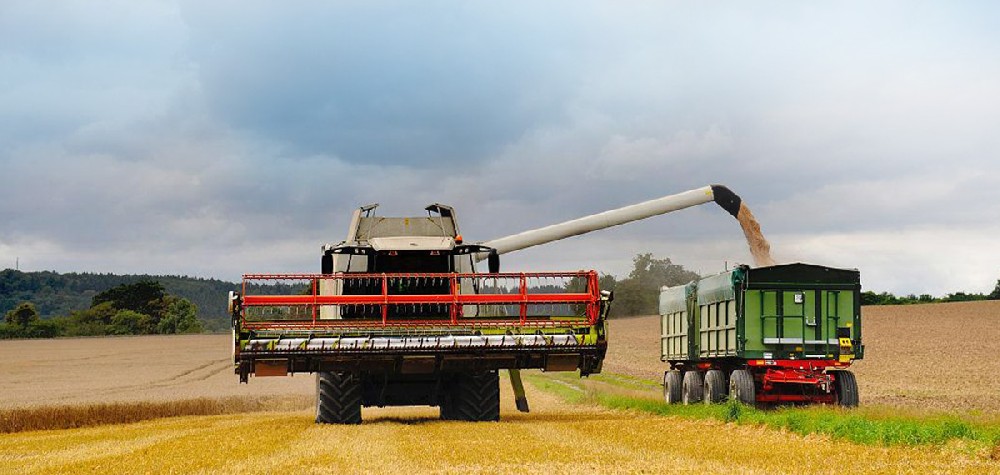Navigation Menu
Contact Us
- Email:
- info@wxavatar.com
- Address:
- Yurong Village, Yuqi Street, Huishan District, Wuxi, China.
Release Date:Jun 05, 2025 Visit:40 Source:Roll Forming Machine Factory
The corrugated plate manufacturing industry has undergone significant changes in recent years, driven by advancements in automation technology. These innovations are improving production efficiency, product quality, and operational safety while reducing manual labor requirements. This article explores the key ways automation is transforming the manufacturing process of corrugated plates.

1. Enhanced Precision in Production
Automated systems have greatly improved the accuracy of corrugated plate manufacturing. Computer-controlled machinery ensures consistent plate dimensions, wave patterns, and material thickness, reducing human error. Laser-guided cutting and forming systems allow for tighter tolerances, leading to higher-quality end products.
2. Increased Production Speed
Automated production lines operate continuously with minimal downtime, significantly boosting output. Robotic arms and conveyor systems handle material loading, shaping, and stacking at speeds far beyond manual capabilities. This allows manufacturers to meet growing demand without compromising quality.
3. Improved Worker Safety
Automation reduces the need for workers to perform hazardous tasks such as heavy lifting or operating high-temperature machinery. Safety sensors and emergency stop mechanisms are integrated into automated systems, lowering workplace injury risks. Employees can focus on monitoring and quality control rather than direct machine operation.
4. Better Quality Control
Vision inspection systems and automated testing equipment can detect defects in real time, ensuring only compliant products proceed through the manufacturing process. Data analytics track production metrics, allowing for immediate adjustments to maintain consistent quality standards.
5. Reduced Material Waste
Automated cutting and forming systems optimize material usage through advanced nesting algorithms. Precise measurements and controlled processes minimize errors that lead to scrap, improving overall material efficiency.
6. Streamlined Logistics and Inventory Management
Automated storage and retrieval systems (ASRS) organize finished products efficiently, while RFID tracking improves inventory accuracy. Automated packaging systems prepare products for shipment with minimal human intervention, speeding up order fulfillment.
7. Data-Driven Process Optimization
Modern automated systems collect vast amounts of production data, enabling manufacturers to analyze performance trends and identify areas for improvement. Predictive maintenance algorithms help prevent unexpected equipment failures, reducing unplanned downtime.
The Future of Automated Corrugated Plate Manufacturing
As automation technology continues to evolve, manufacturers are adopting more sophisticated systems, including AI-driven process optimization and collaborative robots (cobots) that work alongside human operators. These advancements are expected to further refine production capabilities while maintaining cost-effectiveness.
By integrating automation, corrugated plate manufacturers can achieve higher consistency, faster turnaround times, and improved workplace conditions. While initial investments in automation can be substantial, the long-term benefits in productivity and quality make it a key factor in the industry's ongoing development.

This transformation ensures that manufacturers remain competitive in a market that increasingly values precision, efficiency, and reliability. As technology progresses, further innovations will likely continue to reshape the corrugated plate manufacturing landscape.